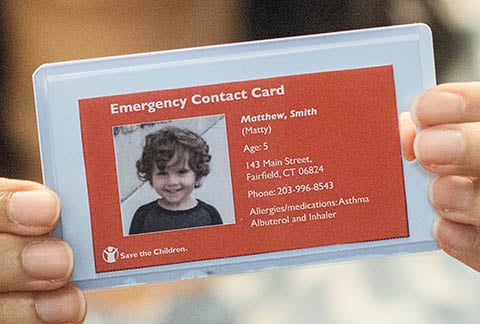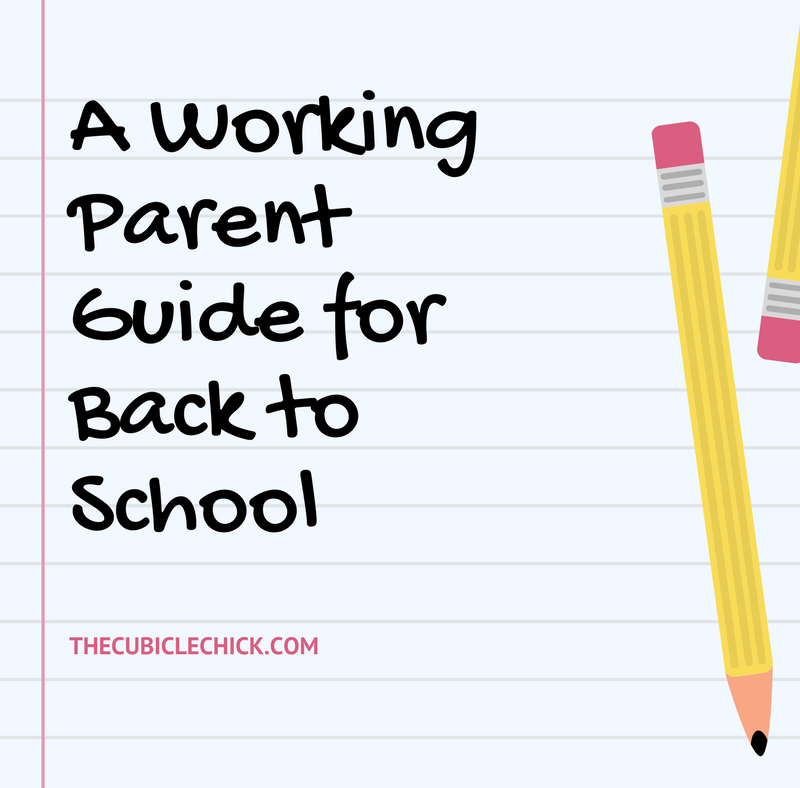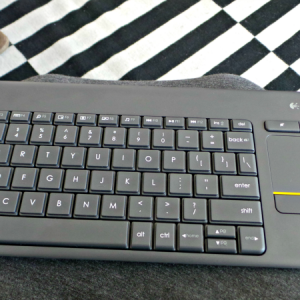Are you able to answer the following question?:
How would your child’s school, daycare, or caretaker be able to get in contact with you in case of a disaster?
Say the power lines are down and there is no cellular service. Yes, they may have your information stored in a database on the computer, but when a calamity strikes, then what? It is important to have a plan and a way that you can be contacted.
Save the Children has created an Emergency Contact Card that you can easily make online. Just fill in the information and print it out and leave in your child’s backpack. That way, there’s a lifeline to you in case of a catastrophic event.
During a recent conference, I was given alarming data about children who were separated from their families after events like Hurricane Katrina. In some instances, it took 6 to 7 months for children to be reunited with their families afterwards. Talk about horror. I don’t know what I would do if I were to be separated from my daughter in a natural disaster or catastrophic event. Having a distinct plan that the family knows about as well as utilizing an Emergency Contact Card can really be the way to save the day.
On the Emergency Contact Card, you can also leave a number for a friend or relative that isn’t in your area. This is important, because if there is a disaster in your area and the phone lines are down, authorities won’t be able to contact anyone in that area. But if you have an out of town contact, they can be reached and can act as a go-to person to help reconnect you and your child.
To create your Emergency Contact Card, visit Save the Children here. Type in the requested info (your info is never shared with anyone and Save the Children doesn’t save your data), and then print it out and place in your child’s backpack, wallet, or lunchbox. If your child is old enough, make sure that they know where the card is so they can give it to a teacher or caretaker if need be.
Here are a few other helpful tips to help you prepare in case of a disaster or emergency:
- Have your child memorize at least two emergency contact numbers (one should be out of area). They should also know their own address and phone number as well.
- Make sure your child knows the name of the company your work for and the number to your workplace.
- Create a family emergency plan. It should include how to contact one another if you are split up and also protocol on meeting spots in case you are displaced and separated.
- Update your information with your child’s teacher and school regularly.
These things may seem like a no-brainer, but you wouldn’t believe how many families are not prepared.
I hope that you will never have to use the Emergency Contact Card—but just in case, it’s important to have one on hand.
Visit Save the Children for more information.









 #birthdaybehavior
#birthdaybehavior


















Leave a Reply